Tilapia
Tilapia Hatching
Explore UK Fish Production Insights
Learn How to Optimise Hatchery Losses
Access Expert Strategies for Successful Aquaculture
Production Overview
Tilapia (Oreochromis niloticus) is a cornerstone of global aquaculture, with annual production exceeding 6.5 million metric tons, making it one of the most widely farmed fish species. Despite its adaptability and resilience, the egg stage remains a sensitive period that directly impacts fry quality, survival rates, and hatchery profitability.
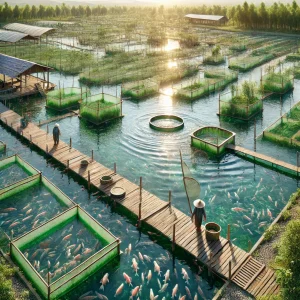
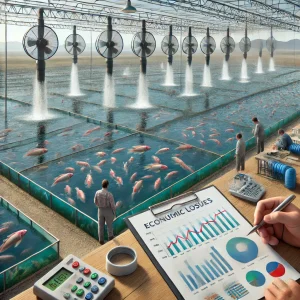
Tilapia Survival Rates
Survival Rates: Under optimal conditions, tilapia egg survival rates can range between 70% to 90%.
Losses: Common losses during the egg stage arise from fungal infections, poor water quality, overcrowding, and handling stress, which can reduce survival rates by 10% to 30%.
Economic Impact: High losses during the egg stage can lead to significant financial setbacks, as this phase determines the quantity and quality of fry available for grow-out.
Understanding Tilapia Eggs
Size: Tilapia eggs are medium-sized, about 2.5–3.0 mm in diameter.
Incubation Time: Eggs hatch within 48–72 hours under optimal conditions.
Hatchery Style: Tilapia are maternal mouthbrooders, but hatcheries often use artificial incubation to improve productivity.
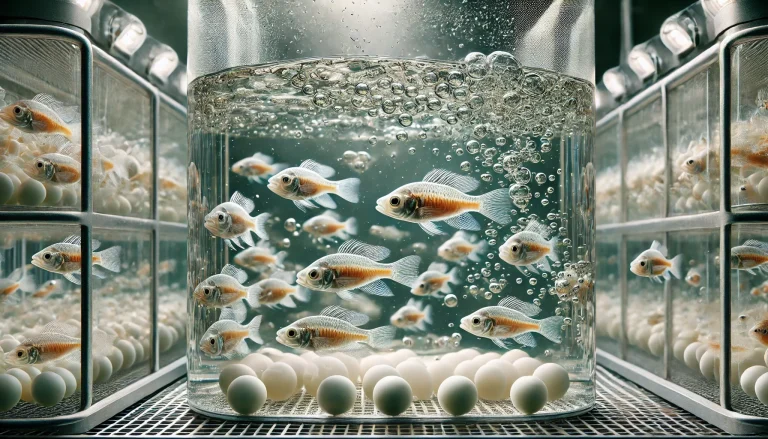

Incubation and Tilapia Egg management
Incubation Systems:
Tilapia eggs are commonly incubated in jars or trough systems, where controlled water flow ensures:
- Gentle tumbling to prevent clumping.
- Uniform oxygenation and temperature.
Critical Factors
1. Water Quality
- Temperature: Maintain between 28–30°C for high hatch rates.
- pH Levels: Keep within a neutral range of 6.5–8.0.
- Dissolved Oxygen (DO): Above 5 mg/L.
3. Flow Rate and Aeration
- Maintain steady flow rates to ensure eggs remain suspended without damage.
4. Monitoring and Sorting
- Regularly remove dead or non-viable eggs to prevent water quality degradation.
- AI-powered tools automate sorting, reducing labor and errors.
Overall Challenges
Environmental Sensitivity
- Eggs require precise water quality parameters (temperature, pH, oxygen levels) to hatch successfully.
- Fluctuations can lead to abnormal development, lower hatch rates, or high mortality.
Overcrowding
- Overloading incubation systems can lead to oxygen depletion, clumping, and uneven development.
Inconsistent Water Flow
- Poorly maintained systems can cause uneven oxygen distribution and sediment buildup, reducing egg viability.
Resource Efficiency
- Maintaining ideal conditions requires energy-intensive systems, which can increase operational costs.
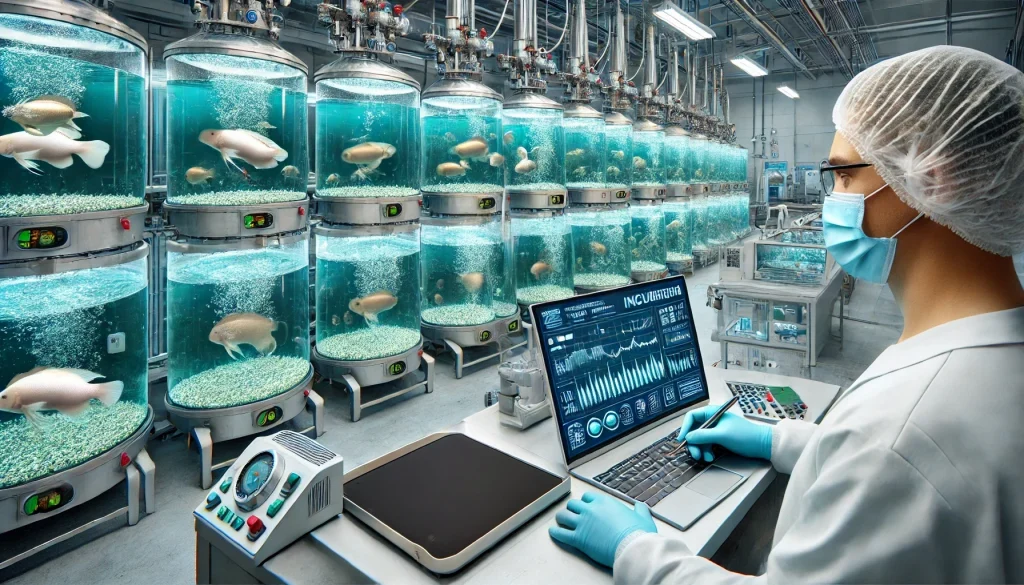
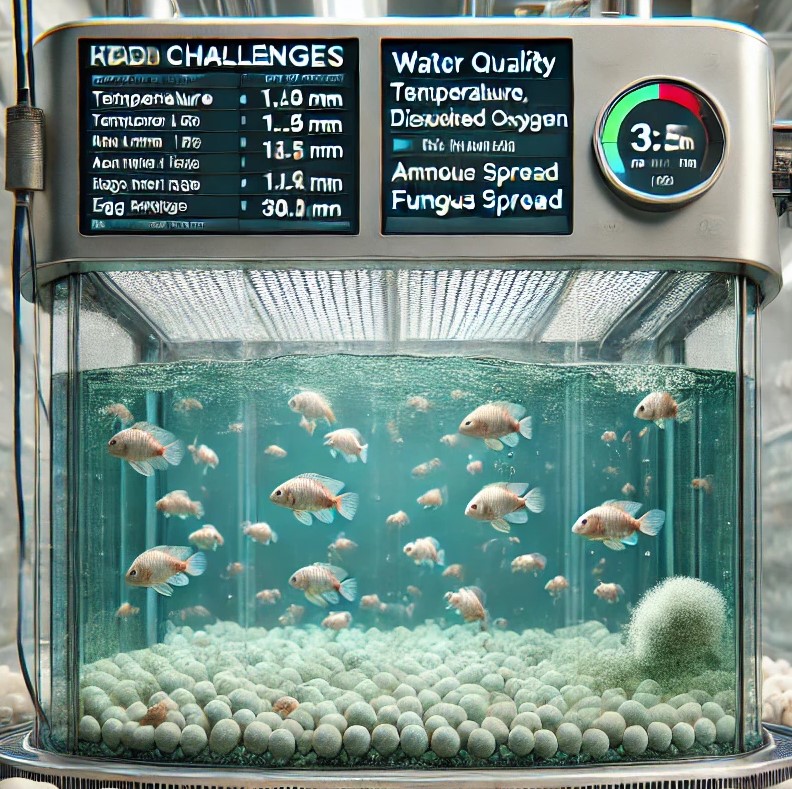
Challenges Specific to the Egg Stage
Water Quality Fluctuations
- Tilapia eggs are highly sensitive to temperature, pH, and dissolved oxygen levels.
- Ammonia and nitrite buildup from metabolic waste can be lethal.
Egg Mortality and Fungus Spread
- Dead eggs, if not removed promptly, become breeding grounds for fungal growth, spreading infections to healthy eggs.
Stress from Handling
- Manual sorting and transferring of eggs can damage them, reducing hatch rates.
Energy and Resource Use
- Continuous aeration, water flow, and heating systems are energy-intensive, posing sustainability challenges.
Mitigation Strategies
Maintain Optimal Water Quality
- Temperature: Keep incubation water between 28–30°C for efficient development.
- Dissolved Oxygen: Maintain levels above 5 mg/L with proper aeration.
- pH: Ensure a neutral range of 6.5–8.0.
- Solution: AIquaboost continuously monitors and adjusts water quality in real time, preventing harmful fluctuations.
2. Pathogen Prevention and Control
- UV Sterilization: Treat incoming water to eliminate pathogens.
- Chemical Treatments: Use mild antifungal solutions like hydrogen peroxide under strict guidelines.
- Probiotics: Introduce beneficial bacteria to outcompete harmful microbes.
- Solution: AIquaboost predicts environmental conditions conducive to fungal outbreaks and suggests preventive actions.
3. Optimize Incubation Systems
- Use McDonald jars or trough systems with steady water flow to ensure proper egg suspension and oxygenation.
- Avoid overloading systems to reduce clumping and improve hatchability.
- Solution: AI-powered flow management ensures consistent oxygenation and sediment removal.
4. Automate Monitoring and Sorting
- Regularly remove dead or non-viable eggs to prevent fungal spread.
- AI-powered imaging systems detect unhealthy eggs early, enabling automated and precise removal.
5. Improve Energy Efficiency
- Optimize aeration and water flow to conserve energy without compromising conditions.
- Solution: AIquaboost adjusts system operations based on real-time data, reducing unnecessary energy use.
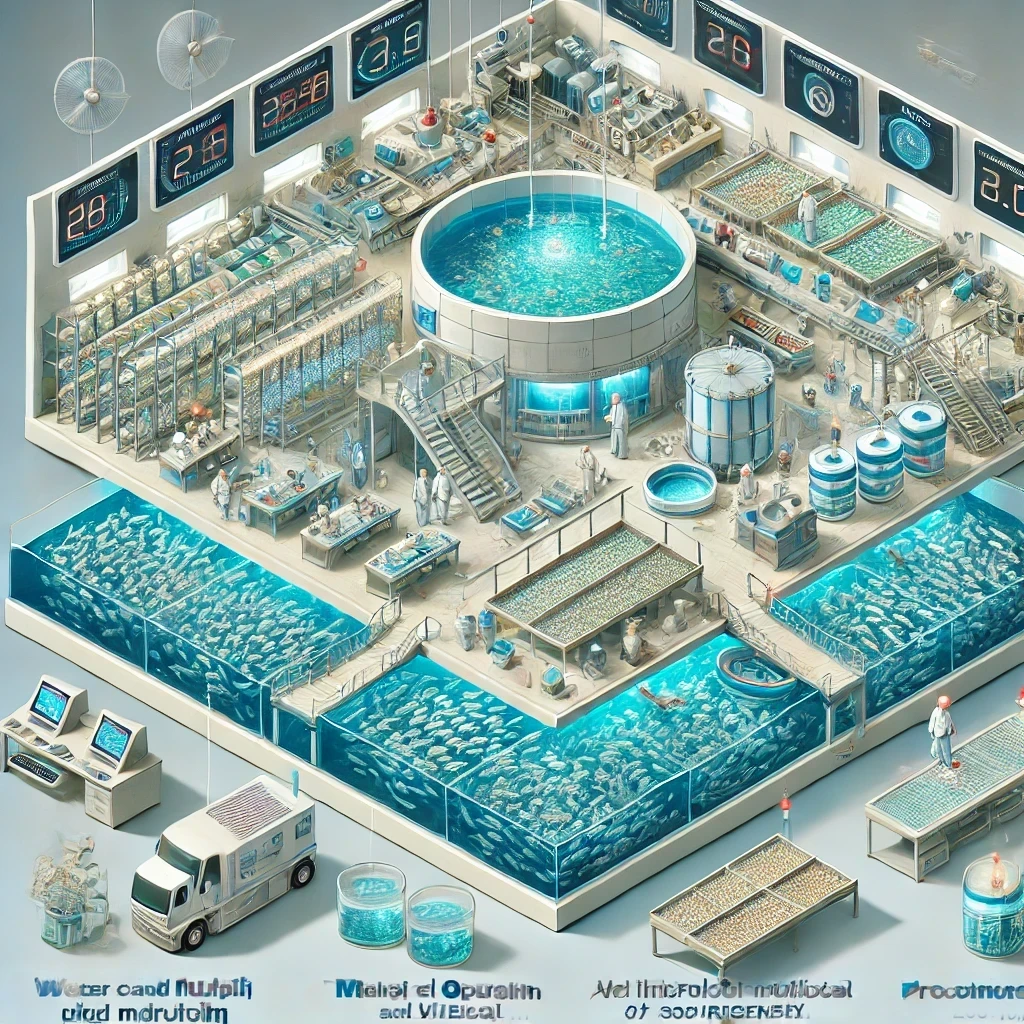
How AIquaboost Can Help
By integrating AIquaboost into your hatchery operations, you gain access to:
- Real-Time Monitoring: Continuous tracking of key water parameters.
- Predictive Analytics: Early warnings for potential issues like temperature spikes or pathogen outbreaks.
- Resource Optimization: Smart management of aeration, water flow, and heating systems to lower costs.
- Actionable Insights: Data-driven recommendations to improve egg survival rates and overall hatchery performance.
Setting the Stage for Success
Tilapia hatcheries face unique challenges, but with the right strategies and tools, these can be mitigated effectively. AIquaboost empowers hatchery managers to maintain optimal conditions, minimize losses, and achieve higher survival rates, setting the stage for strong and healthy fry production.
Contact us today to learn how AIquaboost can transform your hatchery’s tilapia egg management.